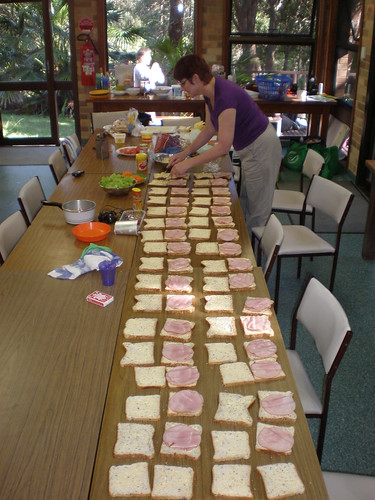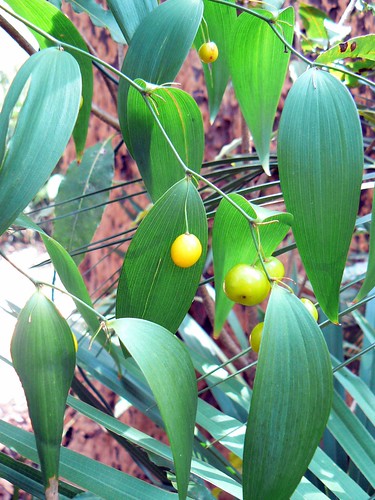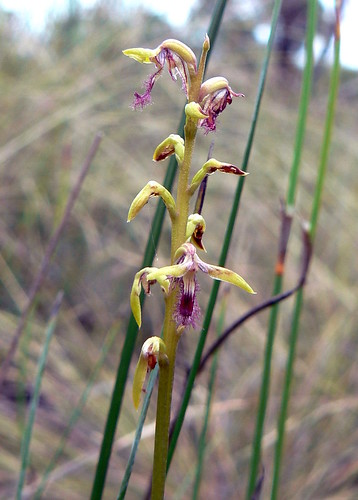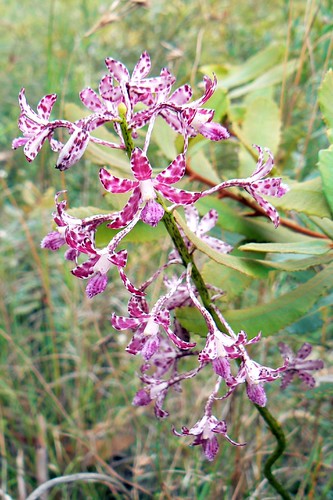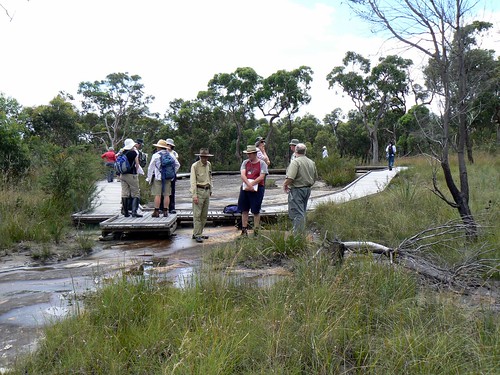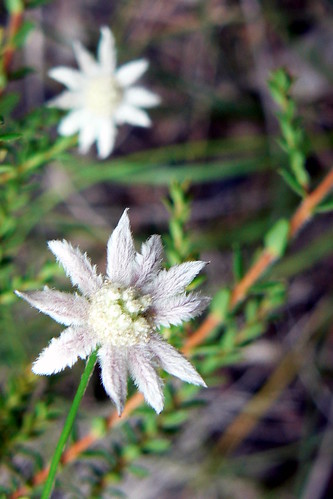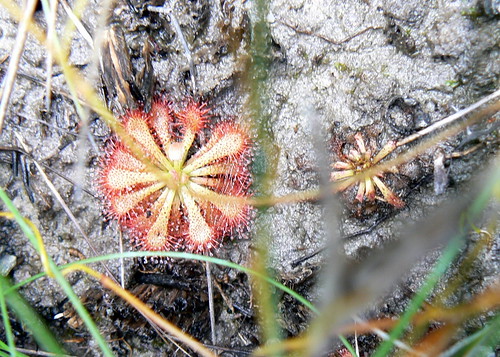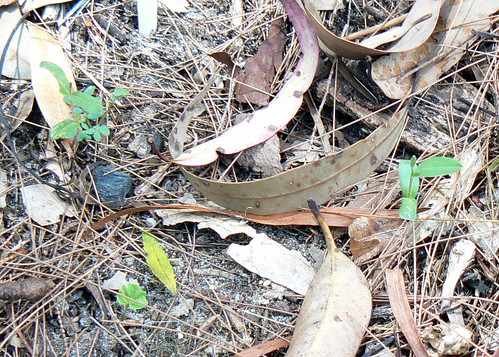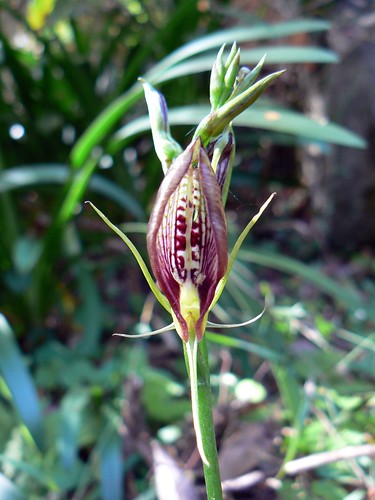Me making sandwiches for the interns' lunch in the field....
There have been a couple of requests for the recipes of some of the food I prepared for the field trip, so I'll post them here. Rather than give the quantities for 20 people, which no one in their right mind could possibly want (!), these are for four servings.
There have been a couple of requests for the recipes of some of the food I prepared for the field trip, so I'll post them here. Rather than give the quantities for 20 people, which no one in their right mind could possibly want (!), these are for four servings.
Vegie Curry
Ingredients:
Sauce (can be made ahead, can be frozen. Make lots to feed your curry habit!):
50 grams ghee
2 onions, chopped
1 bottle of passata
8 cloves garlic, crushed
Around the same quantity of fresh ginger, finely chopped
1 teaspoon cumin
1 teaspoon turmeric
1 teaspoon ground coriander seed
Olive oil
Vegies:
2 sticks celery, chopped
4 potatoes chopped into bite-sized pieces
1/2 head of cauliflower, chopped into bite-sized pieces
2 medium-sized eggplants
1 sweet potato, chopped into bite-sized pieces
Bunch fresh coriander
Method:
Sauce:
1. Heat oil in a heavy based saucepan. Add onion and stir on medium-low heat till translucent--around ten minutes.
2. Add ginger and garlic and cook for another couple of minutes. Reduce heat.
3. Add cumin, turmeric and coriander seed and cook gently for five minutes being careful not to let it catch.
4. Remove from heat, add 250 mls water and allow to cool for a few minutes. Put into food processor and blend till smooth.
5. Return to saucepan and add passata, stir. Cook on low heat for 30 minutes, stirring regularly to avoid it catching.
Meanwhile....
Vegies:
Peel and chop the eggplant into 1 cm cubes. Sprinkle with salt and set aside in a bowl. Leave for around 15 minutes, then rinse in cold water and dry on paper towels.
Put all vegetables into a pot of salted, boiling water, and parboil.
Drain when the vegies are softening slightly, and add the sauce. You might need to add a little more water at this point. Use some of the water you've used for the vegies.
Cook the lot on a low heat for around an hour, or until the vegetables are cooked. Add water as required.
Serve with Basmati rice, Indian pickles and chutneys, raita (yoghurt with cumin and chopped cucumber) and sprinkle with freshly chopped coriander leaves.
If you'd like a little flesh in your curry, chop up a couple of chicken thigh fillets, brown in oil, and add when you add the sauce to the vegetables.
A nice tip I picked up from a friend is to wrap leftover curry in filo pastry, and bake to make a version of samosas. I'm going to try that soon!
Sauce (can be made ahead, can be frozen. Make lots to feed your curry habit!):
50 grams ghee
2 onions, chopped
1 bottle of passata
8 cloves garlic, crushed
Around the same quantity of fresh ginger, finely chopped
1 teaspoon cumin
1 teaspoon turmeric
1 teaspoon ground coriander seed
Olive oil
Vegies:
2 sticks celery, chopped
4 potatoes chopped into bite-sized pieces
1/2 head of cauliflower, chopped into bite-sized pieces
2 medium-sized eggplants
1 sweet potato, chopped into bite-sized pieces
Bunch fresh coriander
Method:
Sauce:
1. Heat oil in a heavy based saucepan. Add onion and stir on medium-low heat till translucent--around ten minutes.
2. Add ginger and garlic and cook for another couple of minutes. Reduce heat.
3. Add cumin, turmeric and coriander seed and cook gently for five minutes being careful not to let it catch.
4. Remove from heat, add 250 mls water and allow to cool for a few minutes. Put into food processor and blend till smooth.
5. Return to saucepan and add passata, stir. Cook on low heat for 30 minutes, stirring regularly to avoid it catching.
Meanwhile....
Vegies:
Peel and chop the eggplant into 1 cm cubes. Sprinkle with salt and set aside in a bowl. Leave for around 15 minutes, then rinse in cold water and dry on paper towels.
Put all vegetables into a pot of salted, boiling water, and parboil.
Drain when the vegies are softening slightly, and add the sauce. You might need to add a little more water at this point. Use some of the water you've used for the vegies.
Cook the lot on a low heat for around an hour, or until the vegetables are cooked. Add water as required.
Serve with Basmati rice, Indian pickles and chutneys, raita (yoghurt with cumin and chopped cucumber) and sprinkle with freshly chopped coriander leaves.
If you'd like a little flesh in your curry, chop up a couple of chicken thigh fillets, brown in oil, and add when you add the sauce to the vegetables.
A nice tip I picked up from a friend is to wrap leftover curry in filo pastry, and bake to make a version of samosas. I'm going to try that soon!
Pesto Chicken with Pasta and Snow Peas
Ingredients:
Jar of pesto (or make your own.... Recipe below)
1 cup plain yoghurt
500 g snow peas
1 BBQd chook from your local BBQd Chook Provender
Shaved parmesan
A handful of pine nuts
Method:
1. Remove all the flesh from the chook, torn into bite-sized bits. (No, not the skin. Naughty naughty.)
2. Chop off ends of snow peas, string off the stringy bits. Chop into 1 cm lengths. Blanch in boiling water and plunge into cold water, drain.
3. Toast pine nuts in oven at 180C for around five minutes, till brown. Stir frequently to avoid burning.
4. Mix pesto and yoghurt. Mix in chook and snowpeas.
5. Serve and sprinkle with parmesan and pine nuts.
Pesto sauce
Ingredients:
50 g pine nuts
3 bunches of basil
3 cloves garlic, crushed
75 g parmesan, grated
100 mls olive oil
Method:
1. Toast pine nuts as above.
2. Chop basil, removing stems.
3. Put pine nuts, parmesan, basil and garlic into processor, blend till smooth. With the motor running, pour oil into mixture until incorporated.
4. Yum. If you have any extra, you can freeze it by first covering it with olive oil.
I hope you enjoy these. The effort is well worth it!
Jar of pesto (or make your own.... Recipe below)
1 cup plain yoghurt
500 g snow peas
1 BBQd chook from your local BBQd Chook Provender
Shaved parmesan
A handful of pine nuts
Method:
1. Remove all the flesh from the chook, torn into bite-sized bits. (No, not the skin. Naughty naughty.)
2. Chop off ends of snow peas, string off the stringy bits. Chop into 1 cm lengths. Blanch in boiling water and plunge into cold water, drain.
3. Toast pine nuts in oven at 180C for around five minutes, till brown. Stir frequently to avoid burning.
4. Mix pesto and yoghurt. Mix in chook and snowpeas.
5. Serve and sprinkle with parmesan and pine nuts.
Pesto sauce
Ingredients:
50 g pine nuts
3 bunches of basil
3 cloves garlic, crushed
75 g parmesan, grated
100 mls olive oil
Method:
1. Toast pine nuts as above.
2. Chop basil, removing stems.
3. Put pine nuts, parmesan, basil and garlic into processor, blend till smooth. With the motor running, pour oil into mixture until incorporated.
4. Yum. If you have any extra, you can freeze it by first covering it with olive oil.
I hope you enjoy these. The effort is well worth it!
